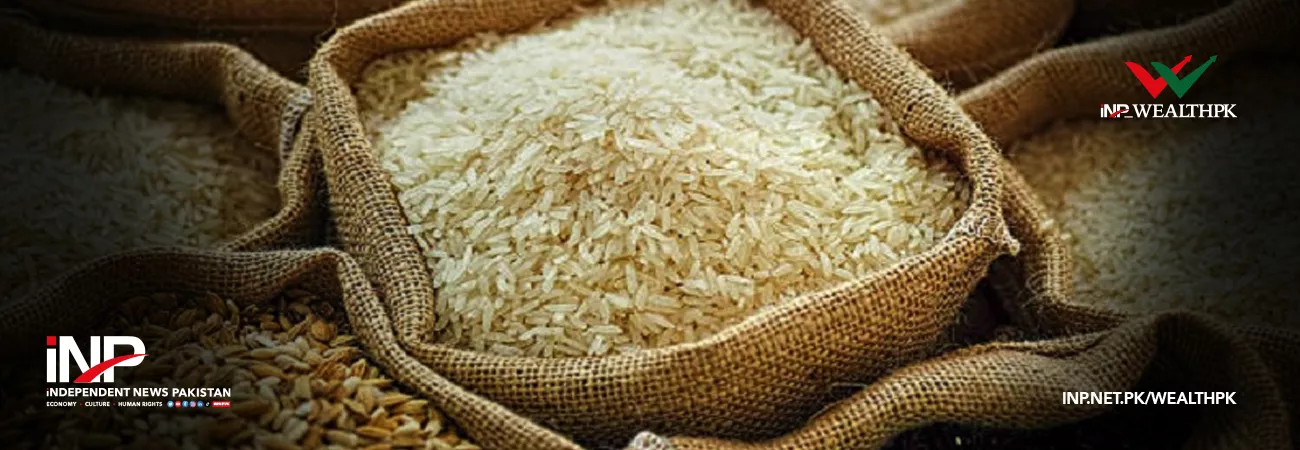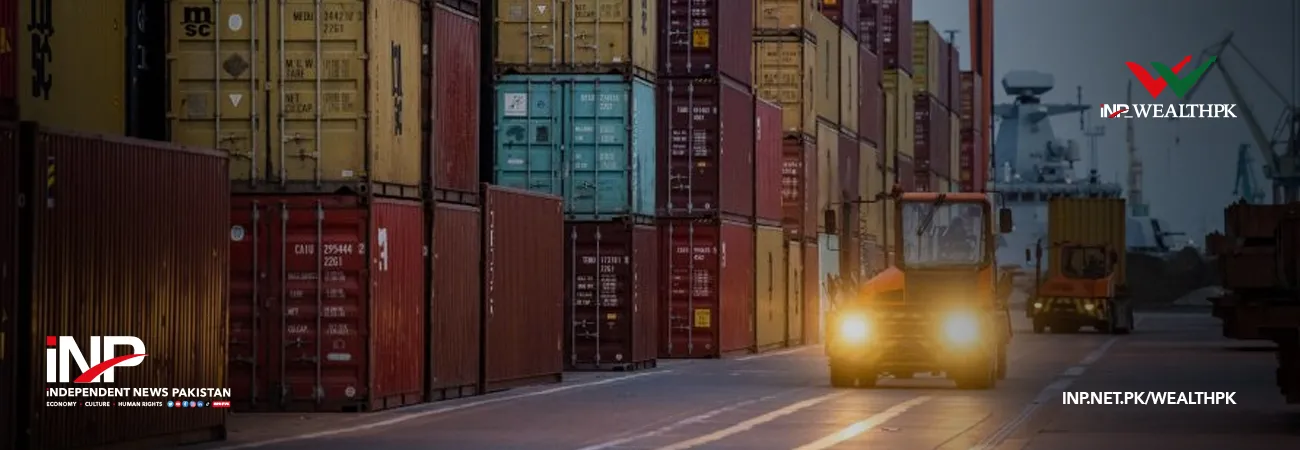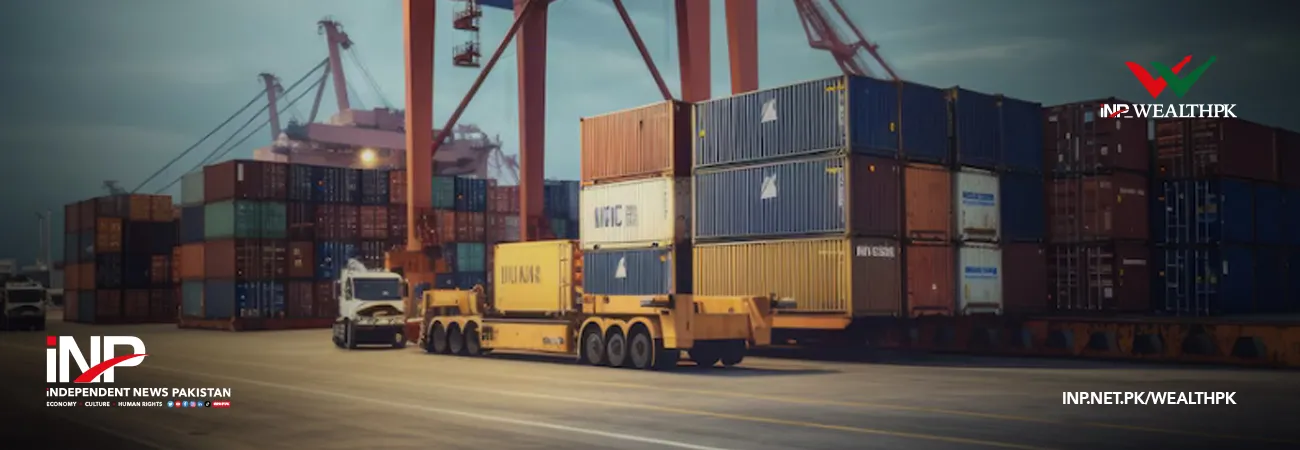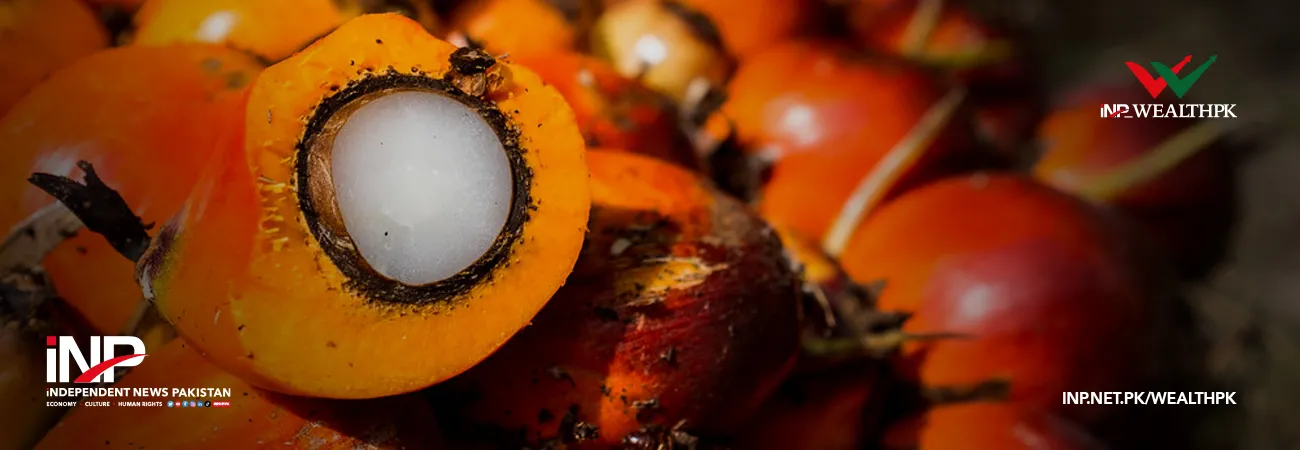INP-WealthPk
Fozia Azam
The Rice Exporters Association of Pakistan (REAP) has expressed the hope of retaining its market in the Middle East on the back of normal production in Punjab, even though the monsoon rains and subsequent flooding have battered the rice crop, mostly in Sindh. “Pakistan exports around 500,000 tonnes of rice mainly to Saudi Arabia, the United Arab Emirates, Oman, and other Gulf countries,” Chela Ram Kewlani, Chairman of the REAP, a representative body of rice exporters, said in a media talk.
The South Asian nation is still reeling from the deadly impact of monsoon rains and floods that started in mid-June this year and destroyed homes, infrastructure and agriculture, impacting over 33 million people. The floods have hit Pakistan’s two agriculture centres, Sindh and some parts of Punjab province, where rice, a major staple food in the country, is sown. Despite that, exporters are optimistic about retaining the market in the Middle East on the back of normal crop production in Punjab.
“We have enough stocks to meet the requirements of the market,” asserted Ram Kewlani. However, Pakistani exporters fear a million-tonne drop in rice exports in the wake of flood damages, which will also hurt the value of the commodity. “Last year, Pakistan’s rice production was 8 million tonnes, out of which we exported 4.88 million tonnes and the rest was left for local consumption, mostly basmati rice,” Kewlani said. Pakistan last year earned $2.5 billion through the export of rice mainly to Eastern Asian, European and Middle Eastern countries.“
We estimated that exports of rice would be around 3.5 million tonnes, so the value would suffer by over $500 million,” Kewlani said, adding it would be hard to meet the $2 billion mark this year. Pakistan yearly produces around 4 million tonnes of basmati rice, mostly in Punjab, out of which 3 million tonnes is locally consumed and only 800,000 tonnes is exported. Rice produced in the Sindh province is mainly exported to Eastern Asian countries. “Sindh exports around 70% of rice, mostly to the destinations in East Asia, including China,” Kewlani said. Pakistani rice exporters have called for persistent policies, including exchange rate stability, to minimise export losses.
Credit : Independent News Pakistan-WealthPk













